Hazard insurance is a crucial component of a homeowners insurance policy that provides financial protection for your home’s structure against various natural disasters and perils. When taking out a mortgage to purchase a home, lenders typically require borrowers to obtain hazard insurance coverage to safeguard their investment in the property. In this comprehensive guide, we’ll dive into the details of hazard insurance, including what it covers, how it differs from other types of insurance, and tips for securing the best coverage for your needs.
What is Hazard Insurance?
Hazard insurance is a specific portion of a standard homeowners insurance policy that focuses on protecting the physical structure of your home from damage caused by covered perils. These perils may include fire, theft, vandalism, smoke, hail, wind, and ice or snow damage. Hazard insurance is essential for shielding your property from financial losses resulting from these types of events.
While hazard insurance primarily covers the main dwelling, it may also extend coverage to additional structures on your property, such as a detached garage, shop, fences, or sheds. However, it’s important to note that hazard insurance typically does not cover personal belongings inside the home or liability for injuries that occur on your property, as these are addressed by other parts of your homeowners policy.
Hazard Insurance vs Homeowners Insurance
Although hazard insurance and homeowners insurance are often used interchangeably, they are not the same thing. Hazard insurance is a specific component of a broader homeowners insurance policy. While hazard insurance focuses on covering the structure of your home against named perils, a homeowners policy includes additional coverages like personal property protection, liability coverage, and additional living expenses if you are temporarily displaced from your home due to a covered event.
It’s crucial to understand that hazard insurance is just one piece of the puzzle when it comes to protecting your home and finances. A comprehensive homeowners insurance policy will include hazard insurance along with other essential coverages to provide well-rounded protection.
Why is Hazard Insurance Required for Mortgages?
Mortgage lenders often require borrowers to obtain hazard insurance as a condition of securing a home loan. This requirement is put in place to protect the lender’s financial interest in the property. If the home sustains significant damage from a covered peril and the borrower is unable to make their mortgage payments, the lender could face substantial losses.
By mandating hazard insurance coverage, lenders ensure that the home’s structure is financially protected, and in the event of severe damage, the insurance payout can be used to repair or rebuild the property. This requirement helps minimize the risk for both the borrower and the lender, safeguarding their investments in the home.
What Does Hazard Insurance Cover?
Hazard insurance provides coverage for a range of perils that could cause damage to your home’s structure. While the specific perils covered may vary depending on your insurance provider and policy, there are some common events that are typically included in hazard insurance coverage.
Perils Typically Covered by Hazard Insurance
- Fire: Damage caused by fire, smoke, and associated firefighting efforts.
- Theft: Damage resulting from break-ins or attempted break-ins.
- Vandalism: Intentional damage caused by others to your home’s structure.
- Hail damage: Damage to your home’s roof, siding, or windows caused by hail.
- Wind damage: Damage resulting from strong winds, such as hurricanes or tornadoes.
It’s important to review your specific hazard insurance policy to understand which perils are covered and any exclusions that may apply. Some policies may offer more comprehensive coverage, while others might have limitations or require additional endorsements for certain perils.
What Hazard Insurance Doesn’t Cover
While hazard insurance provides essential protection for your home’s structure, it does have some notable exclusions. Hazard insurance typically does not cover:
- Personal belongings: Your personal property, such as furniture, clothing, and electronics, is usually covered under the personal property coverage of your homeowners policy, not hazard insurance.
- Liability coverage: Hazard insurance does not provide liability protection for injuries or damage that occurs to others while on your property. This is covered under the liability portion of your homeowners policy.
- Flood damage: Standard hazard insurance policies do not cover damage caused by flooding. Flood insurance must be purchased separately through the National Flood Insurance Program or a private insurer.
- Earthquake damage: Similar to flood damage, earthquake damage is not typically covered by standard hazard insurance. Depending on your location and risk level, you may need to purchase a separate earthquake insurance policy.
Understanding what hazard insurance does and does not cover is essential for ensuring that you have adequate protection for your home and belongings. Work closely with your insurance agent to identify any gaps in coverage and consider additional policies or endorsements to address your specific needs.
Additional Hazard Insurance Considerations
When navigating hazard insurance, there are a few key factors to keep in mind to ensure that you have the appropriate level of coverage for your home and financial situation.
Hazard Insurance Deductibles and Coverage Limits
Like other types of insurance, hazard insurance policies come with deductibles and coverage limits. A deductible is the amount you agree to pay out of pocket before your insurance coverage kicks in. Choosing a higher deductible can lower your insurance premiums, but it also means you’ll be responsible for a larger portion of the costs if you need to file a claim.
Coverage limits determine the maximum amount your insurance provider will pay out for a covered claim. It’s crucial to ensure that your coverage limits are adequate to fully rebuild your home in the event of a total loss. Work with your insurance agent to calculate the appropriate coverage limits based on your home’s value, square footage, and construction costs in your area.
Additional Coverage for High-Risk Areas
If you live in an area prone to specific natural disasters, such as hurricanes, earthquakes, or floods, you may need to purchase additional insurance coverage to supplement your standard hazard insurance.
- Flood Insurance: Typically available through the National Flood Insurance Program or private insurers, flood insurance provides coverage for damages caused by flooding.
- Earthquake Insurance: Offered as a separate policy or an endorsement to your existing homeowners policy, earthquake insurance covers damages resulting from earthquakes.
- Natural Hazard Report: Some regions may require a Natural Hazard Report to determine if your property is located in a high-risk area. This report can help you understand your home’s vulnerability to specific natural disasters and guide your insurance coverage decisions.
Consult with your insurance agent or a local insurance representative to determine which additional coverages are recommended or required based on your geographic location and risk factors.
How Much Does Hazard Insurance Cost?
The cost of hazard insurance varies depending on several factors, including your home’s location, age, construction type, and value. Other factors that can influence your hazard insurance premiums include:
- Your home’s proximity to fire stations and fire hydrants
- Your area’s crime rate and risk of natural disasters
- Your insurance deductible and coverage limits
- Your credit score and claims history
On average, hazard insurance costs can range from a few hundred to several thousand dollars per year, depending on the factors mentioned above. To get an accurate estimate of your hazard insurance costs, it’s best to obtain quotes from multiple insurance providers and compare coverage options.
Tips for Getting the Best Hazard Insurance Coverage
When shopping for hazard insurance, there are several steps you can take to ensure that you’re getting the best coverage for your needs and budget:
- Compare quotes from multiple insurers: Don’t settle for the first insurance quote you receive. Obtain quotes from several reputable insurance providers to compare coverage options, deductibles, and premiums.
- Ensure adequate coverage: Work with your insurance agent to determine the appropriate coverage limits for your home based on its value and the cost of rebuilding in your area.
- Consider bundling policies: Many insurers offer discounts for bundling your hazard insurance with other policies, such as auto or life insurance.
- Maintain a good credit score: Your credit score can impact your insurance premiums, so strive to maintain a good credit history by paying bills on time and managing debt responsibly.
- Make home improvements: Certain home improvements, such as installing a new roof, upgrading your electrical system, or adding security features, may qualify you for insurance discounts.
By following these tips and working closely with your insurance agent, you can secure comprehensive hazard insurance coverage that protects your home and provides peace of mind.
See also:

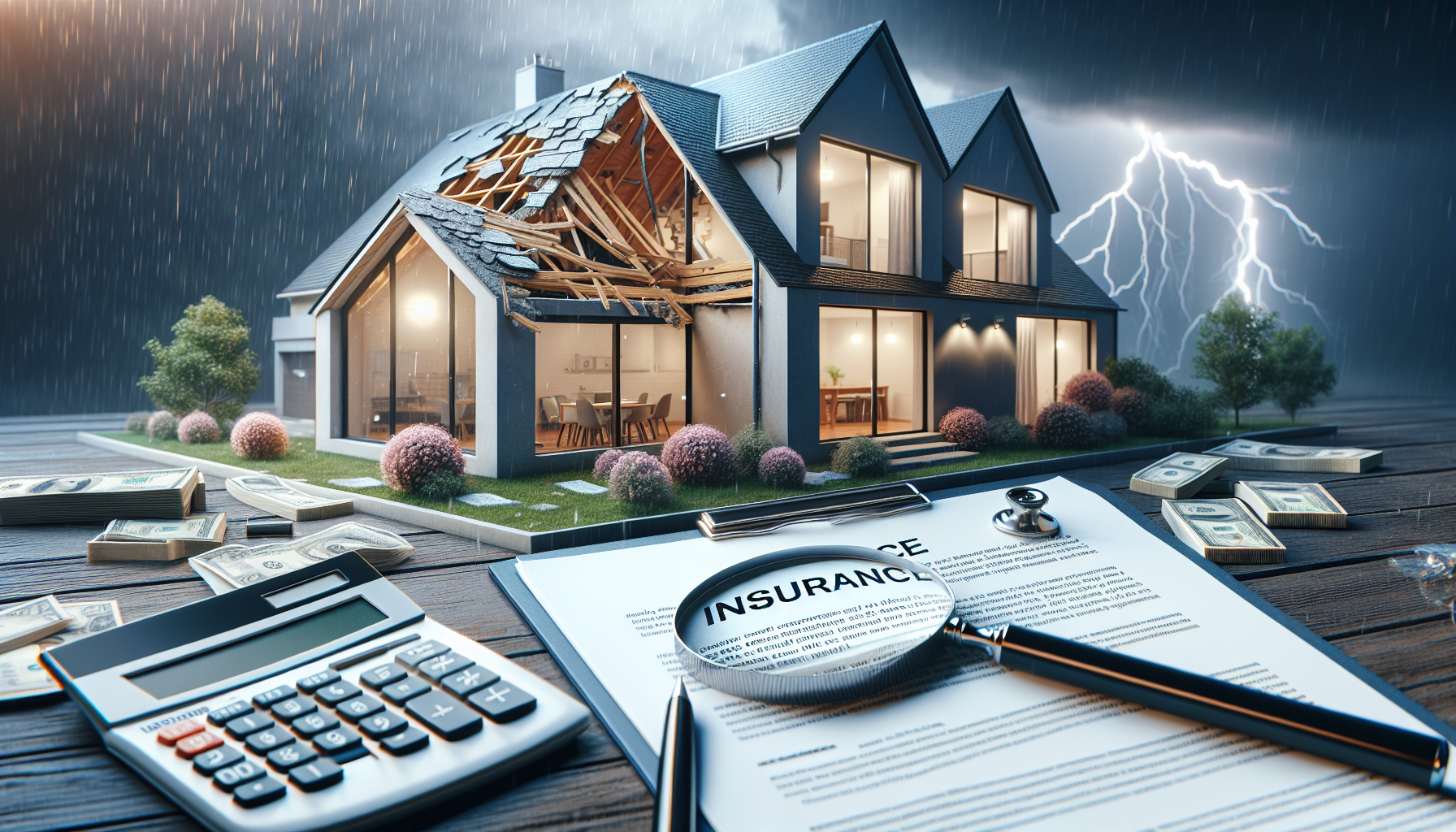

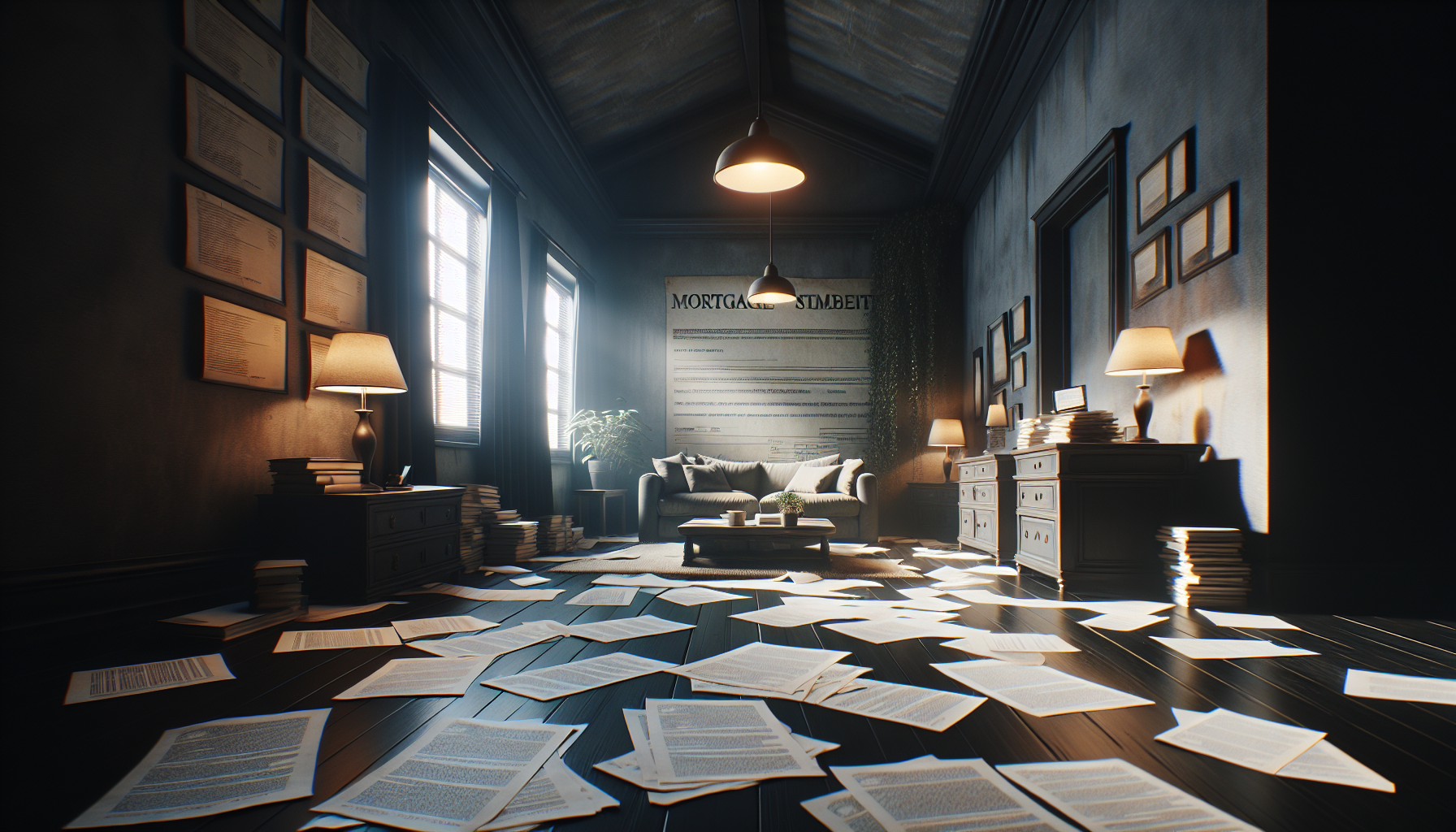
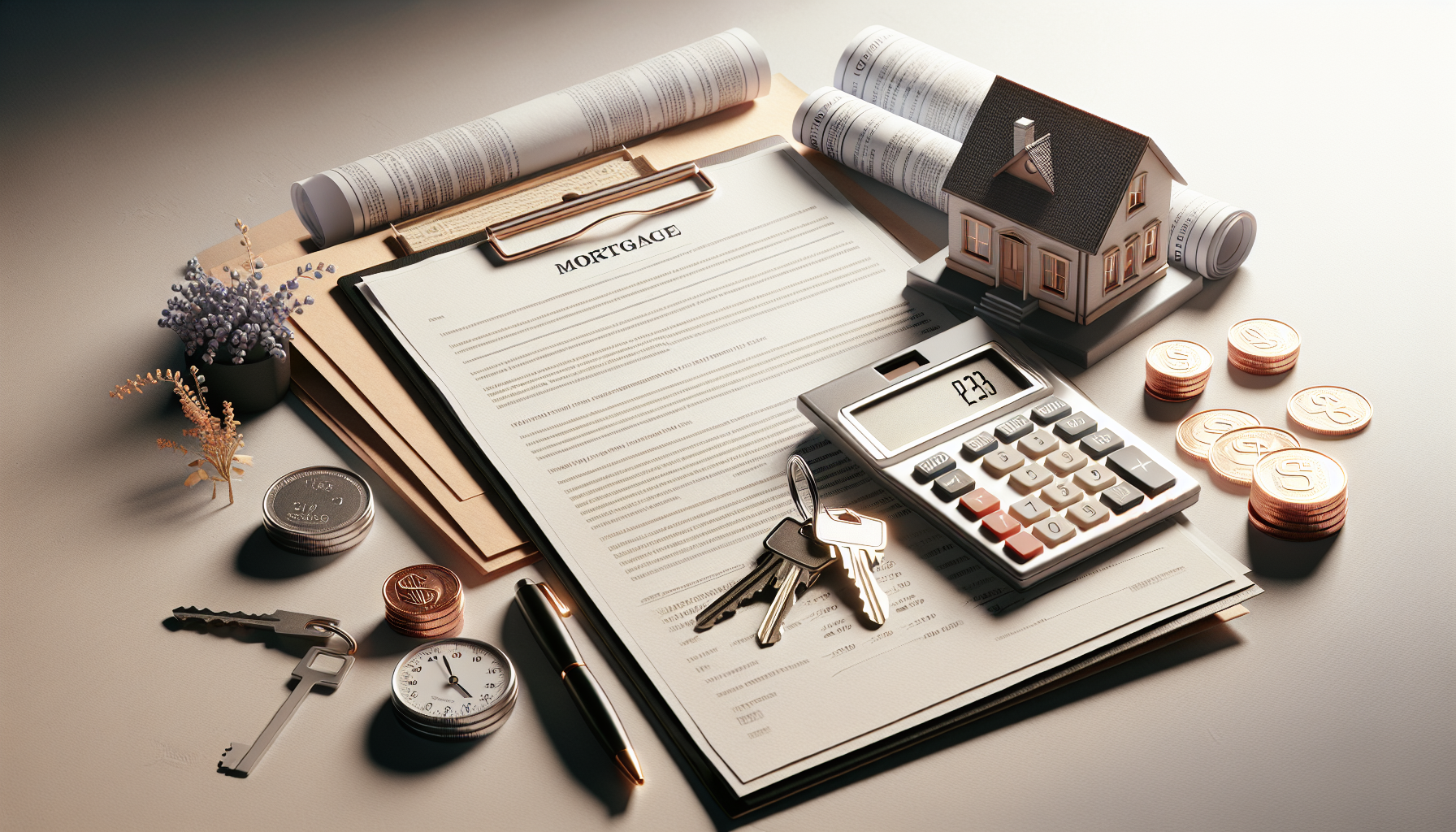
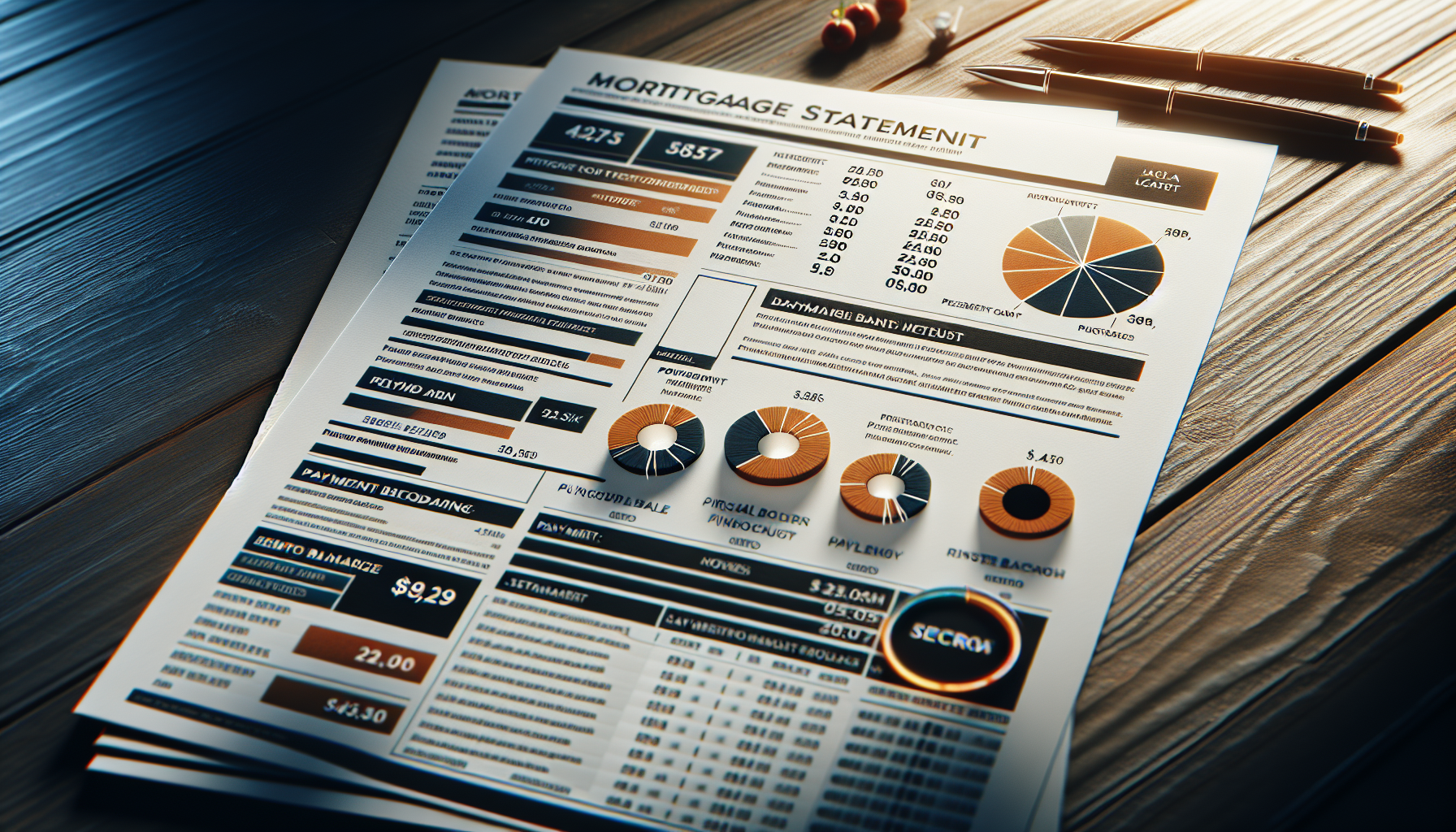
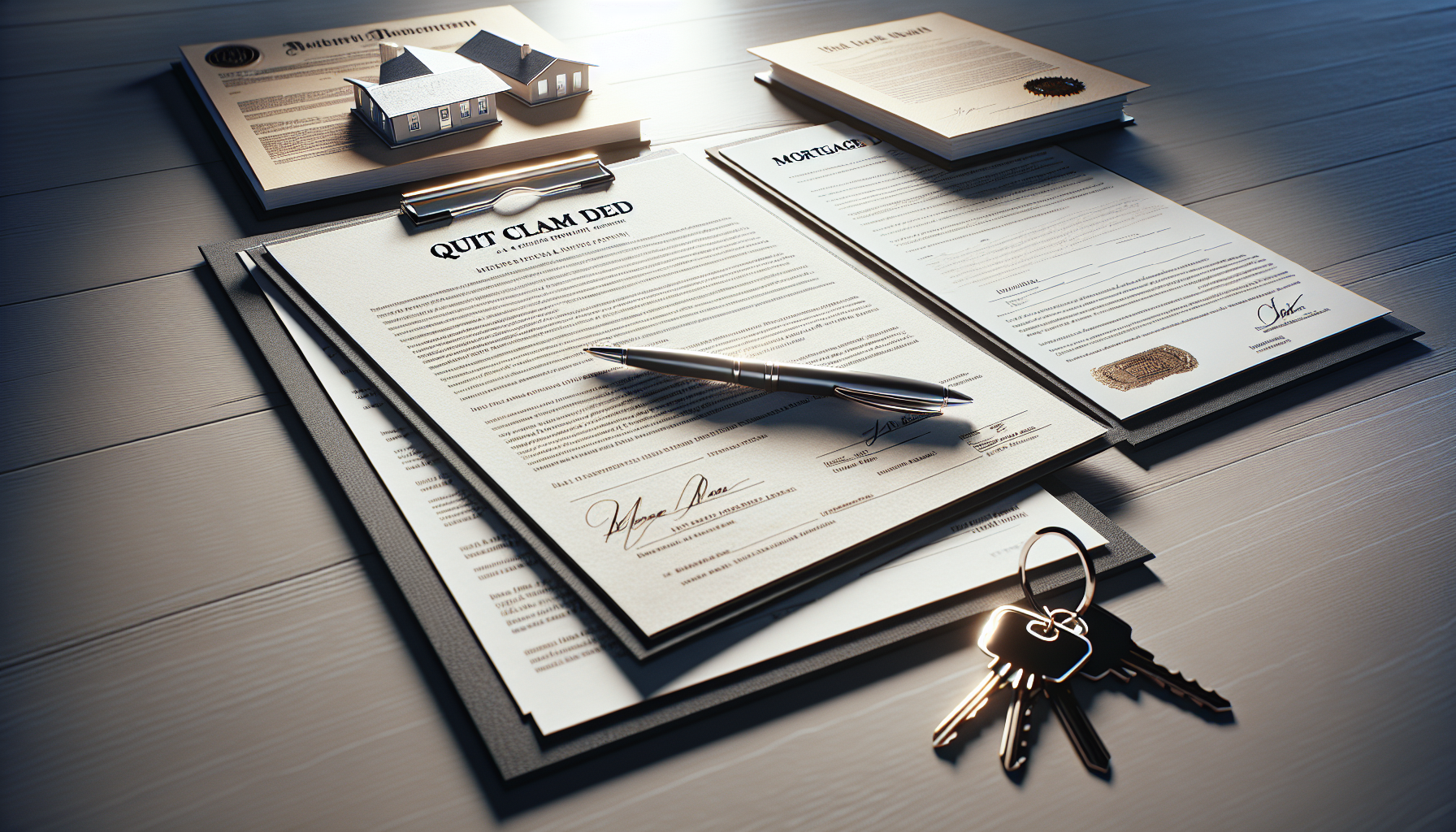

Leave a Reply